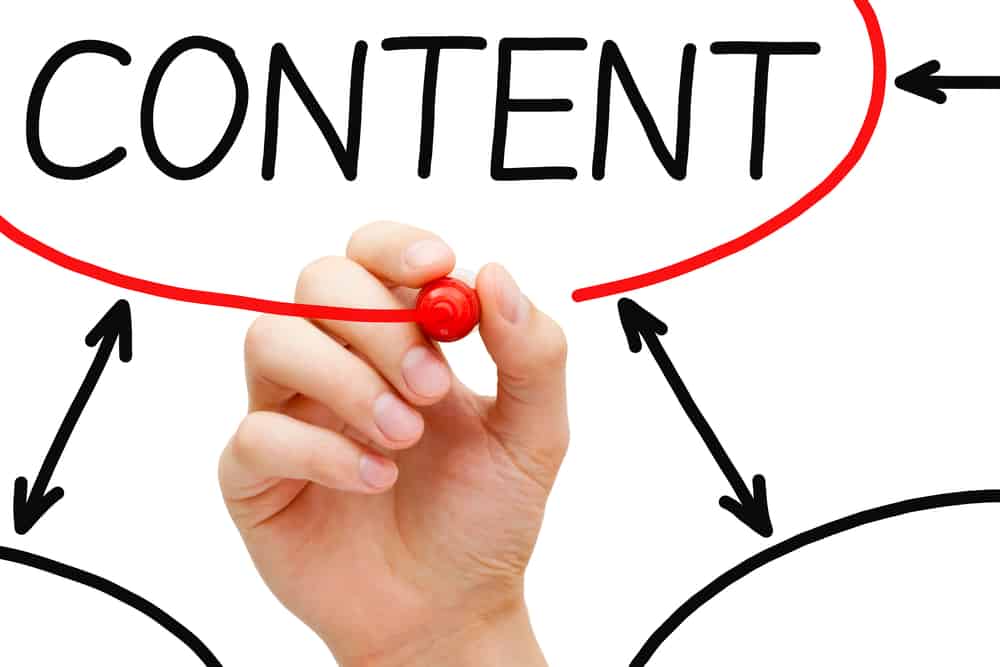Writing high-quality content plays an important role in marketing your business; however, the design and layout is just as important to leave a lasting impression online. There is no secret formula to creating a fully packaged article, but here are several tips on creating effective content.
Great Images
Every great article, blog, or social media post deserves a great image. The number of images depends on the article length and the type of content being written.
Use your judgment; the goal of using pictures is to help illustrate the article’s point. When looking for images it’s tempting to use Google, but for your business’ safety, it is crucial images are purchased, taken yourself, or from a free stock photo site (let’s avoid those copyright attorneys).
When selecting your images, make sure they have a high enough resolution that they look clean/crisp and attractive on the page. Then, if possible, link them to the original, much larger image with greater resolution in case the user wants to view it.
Learn more about choosing the right image on HubSpot.
Writing a Great Title
A title is your first point of contact with an intended audience. In a matter of seconds, the title will either engage the viewer to read more or to move on. The title must either spark interest, evoke an emotion or make the reader want to learn more about a topic. Otherwise, you simply won’t achieve the desired results with your content.
A great way to start writing an effective content is with a working title. This holds dual purpose — keeping the article on topic while letting your creative juices flow. Here’s an example:
Working title: Children Nutrition
Live title: How the Right Nutrition Can Strengthen Your Kids’ Bones
Links to Authoritative Content
Building high-quality links is a process that involves finding links from other websites other than your own. The links you acquire should come from credible sites to help build authority with search engines and your audience. Search engines use these links to crawl the web. The more ‘high-quality’ websites that you link to, the more likely you will rank well in searches.
Here’s how to embed a link:
1. Open the blog in the post editor.
2. Highlight the text you want.
3. Click the chain link icon in the text editor menu.
4. Enter URL.
5. Click OK.
Building Internal Links
Similar to building outbound links, it is also important to build internal links. Internal links help your audience navigate your website. By optimizing internal links you’re also helping establish an information flow, and your website’s ranking power.
Authority Link Building
Link building also includes reaching out to other sites to link to your page – these sites need to have authority such as directories (Chamber of Commerce), sponsors of events, or getting your business’s name in local guides. These types of links don’t usually come free, so make sure you do your research! If you want to learn more on this subject, send us an email.
There is so much more to learn when it comes to content creation. You have to take into account various factors including the use of appealing images, high quality content, and link building. Reach out to us if you want to jumpstart your content marketing strategy.
Want to publish amazing, effective content without the hassle of Adobe or the limitations of Word? There’s a great tool you can use called Scribus. This program allows you to create magazine-like layouts, interactive forms and PDFs.

